Premium Only Content
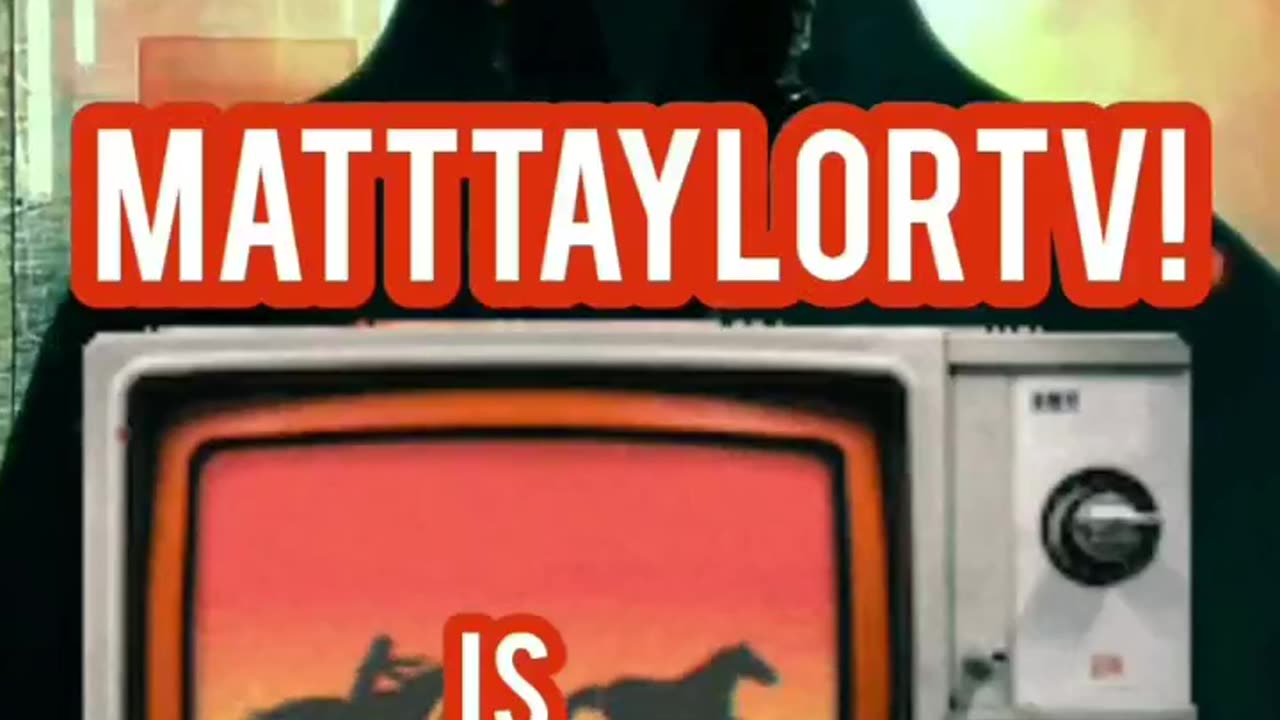
MattTaylorTV! is cancelled until further notice.
The Eternal Dance: Navigating the Dichotomy of Good and Evil.
Since the dawn of civilization, humanity has grappled with the fundamental concepts of good and evil. These seemingly opposing forces, often personified in various cultures through deities, heroes, and villains, have served as powerful tools for understanding the complexities of human nature and the world around us. However, defining and differentiating good and evil is not a simple task, as both are often subjective, context-dependent, and constantly evolving.
On a basic level, good is often associated with positive values such as compassion, honesty, justice, and selflessness. It embodies acts that benefit the greater good, promote well-being, and foster harmony. Conversely, evil is often linked to negativity, encompassing concepts like cruelty, dishonesty, injustice, and selfishness. It represents actions that inflict harm, promote suffering, and disrupt the natural order.
However, the distinction between good and evil is rarely clear-cut. Historical figures often lauded for their advancements might have participated in acts considered morally reprehensible by today's standards. Conversely, individuals ostracized as villains in their time might have inadvertently paved the way for positive change. This inherent complexity underscores the limitations of a purely binary framework in understanding good and evil.
Furthermore, cultural and societal norms play a significant role in shaping perceptions of good and evil. Practices considered barbaric in one culture might be revered as sacred rituals in another. This highlights the subjective nature of these concepts and the importance of recognizing the limitations of our own moral frameworks in judging others.
The concept of good and evil also finds expression in the human condition itself. Within each individual resides a capacity for both compassion and cruelty, altruism and self-interest. This internal struggle forms the crux of the human experience, driving us to strive for the former and resist the latter.
Ultimately, the existence of good and evil does not necessarily imply an external force or absolute truth. It is more a reflection of our inherent capacity for empathy, understanding, and the choices we make based on these values. The ongoing struggle between good and evil highlights the inherent tension within humanity, the constant choice between acting for the greater good or succumbing to selfish desires. Recognizing this duality is crucial, not only for navigating the complexities of the world around us but also for understanding and nurturing the potential for good within ourselves.
In conclusion, the concepts of good and evil, though seemingly opposing, are intertwined in a complex and ever-evolving dance. By recognizing the subjective nature of these ideas, understanding the influence of cultural and societal norms, and acknowledging the duality within ourselves, we can better navigate the complexities of the world and strive towards creating a society where compassion, empathy, and the pursuit of the greater good take precedence.
-
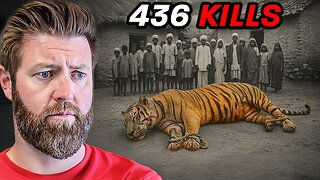 16:24
16:24
Forrest Galante
10 hours ago6 Deadliest Man Eaters to Ever Exist
49.4K16 -
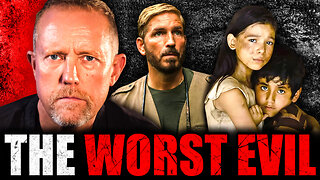 2:22:46
2:22:46
The Connect: With Johnny Mitchell
17 hours ago $8.95 earnedOne Man's Mission To Stop Human Trafficking: How A Billionaire Mercenary Saved Hundreds Of Children
33.8K22 -
 8:21:32
8:21:32
TheGodfatherGus
8 hours ago🔴MINECRAFT - The World's First Oricon Build! | #rumbletakeover
1.93K1 -
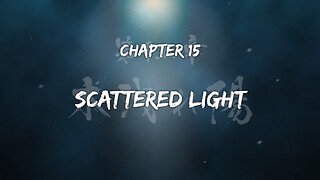 LIVE
LIVE
KingB33Gaming
1 hour agoVengeance | Yakuza 0 Director's Cut (Chap 15)
224 watching -
 12:14
12:14
Nikko Ortiz
1 day agoMilitary Fails Of The Week
13.2K11 -
 1:16:31
1:16:31
Omar Elattar
9 months agoThe Untold Story: How Vans Became a $3 Billion Dollar Shoe Empire In 75 mins
19.9K8 -
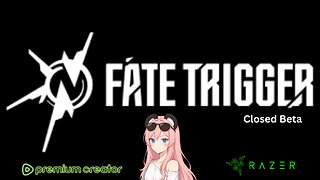 LIVE
LIVE
LethalPnda
2 hours agoLocked & Loaded! 🔥 Fate Trigger Beta #RazerCreator #SpacePanda @Mystivis
85 watching -
 LIVE
LIVE
BigDaddySlick78's Live Gaming Channel
2 hours ago💰I Pay You To Play Call of Duty Warzone Rebirth Island LIVE #callofduty #warzone #cod #gaming
33 watching -
 1:59:43
1:59:43
Side Scrollers Podcast
2 days agoRIP Hulk Hogan + Payment Processor CENSORSHIP Has Officially Begun + More | Side Scrollers
174K13 -
 LIVE
LIVE
Lofi Girl
2 years agoSynthwave Radio 🌌 - beats to chill/game to
289 watching